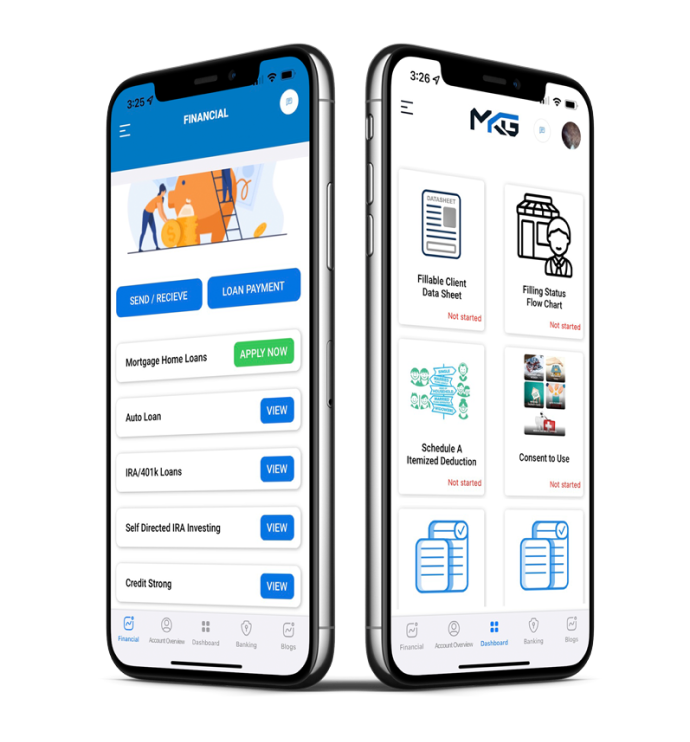How to Claim the Earned Income Tax Credit (EITC)
To claim the Earned Income Tax Credit (EITC), you must qualify and file a federal tax return. The EITC is a refundable tax credit for low to moderate-income individuals and families. It is designed to help reduce the tax burden and provide financial assistance.
Qualifying for the EITC
To qualify for the EITC, you must meet certain criteria, including:
- Having earned income from employment or self-employment
- Meeting the income limits based on your filing status and the number of qualifying children you have
- Filing a federal tax return, even if you are not otherwise required to file
- Meeting the additional eligibility requirements for the EITC
Timing of Refunds
If you claim the EITC, your refund may be delayed. By law, the IRS cannot issue EITC and ACTC refunds before mid-February. The IRS expects most EITC/Additional Child Tax Credit (ACTC) related refunds to be available in taxpayer bank accounts or on debit cards by March 1, if they chose direct deposit and there are no other issues with their tax return.
After you file your return, the best way to track your refund is through the "Where's My Refund?" tool on the IRS website or the IRS2Go mobile app. To get your refund faster, file your taxes online and have your refund sent to you through direct deposit.
Filing Options
There are several options available for filing your tax return and claiming the EITC:
- E-file your return for free using IRS Free File or fillable forms
- Use a tax professional to assist you with your tax preparation
- Get free help from Volunteer Income Tax Assistance (VITA) centers
Common Errors to Avoid
Errors on your tax return can delay your refund. To ensure a smooth process, avoid these common errors:
- Incorrectly calculating your earned income
- Failing to include all qualifying children on the Schedule EIC
- Providing incorrect or incomplete information on your tax return
Forms to File
To claim the EITC, you must file either Form 1040, U.S. Individual Income Tax Return, or Form 1040-SR, U.S. Tax Return for Seniors. If you have a qualifying child, you must also file the Schedule EIC (Form 1040 or 1040-SR), Earned Income Credit, to provide information about them.
Claiming the EITC for Prior Years
If you were eligible for the EITC in previous years but did not claim it, you still have the opportunity to do so. You have three years from the due date of your tax return to file and claim a refund. The deadlines for filing a prior year tax return and claiming the EITC are as follows:
- For 2022: File your tax return by April 18, 2026
- For 2021: File your tax return by April 18, 2025
- For 2020: File your tax return by May 17, 2024
To file a prior year tax return, complete and file Form 1040 and a Schedule EIC if you had a qualifying child. If you filed a tax return for those years but didn't claim the EITC and were eligible, you can file an amended return. Refer to Tax Topic 308, Amended Returns, for more information.
Other Tax Credits
If you qualify for the EITC, you may also be eligible for other tax credits, including:
- Child Tax Credit and the Credit for Other Dependents
- Child and Dependent Care Credit
- Education Credits
Additional Resources
If you need further assistance with your EITC claim or tax preparation, consider the following resources:
- What to do if your EITC was denied in the past
- What to do if your Earned Income Tax Credit (EITC) claim is audited
- Find out what documents you need to bring to your tax preparer
